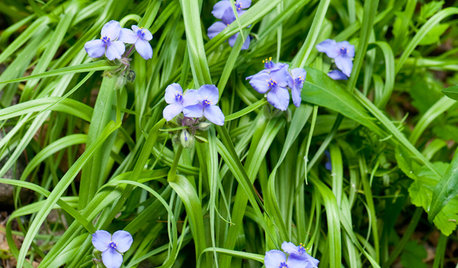Size and growth rate of Salix 'prairie cascade'?
dirtslinger2
16 years ago
Related Stories

GARDENING GUIDESGreat Design Plant: Tradescantia Ohiensis Adds Shades of Blue
This reliable, adaptable U.S. native provides spider-like foliage and clusters of blue to purple flowers in Eastern gardens each spring
Full Story






bengz6westmd
cascadians
Related Professionals
Richmond Heights Landscape Architects & Landscape Designers · Davis Landscape Contractors · Fairview Landscape Contractors · Lakewood Landscape Contractors · Marlborough Landscape Contractors · Middleton Landscape Contractors · Middletown Landscape Contractors · Roswell Landscape Contractors · Selden Landscape Contractors · West Covina Landscape Contractors · Cedar Rapids Siding & Exteriors · Woodbridge Siding & Exteriors · Grain Valley Decks, Patios & Outdoor Enclosures · St. Louis Decks, Patios & Outdoor Enclosures · Troy Decks, Patios & Outdoor Enclosurescascadians
cascadians
dirtslinger2Original Author
cascadians
tallohiofarmboy
Embothrium
cascadians
bengz6westmd
tallohiofarmboy
cascadians
cburtonw_msn_com